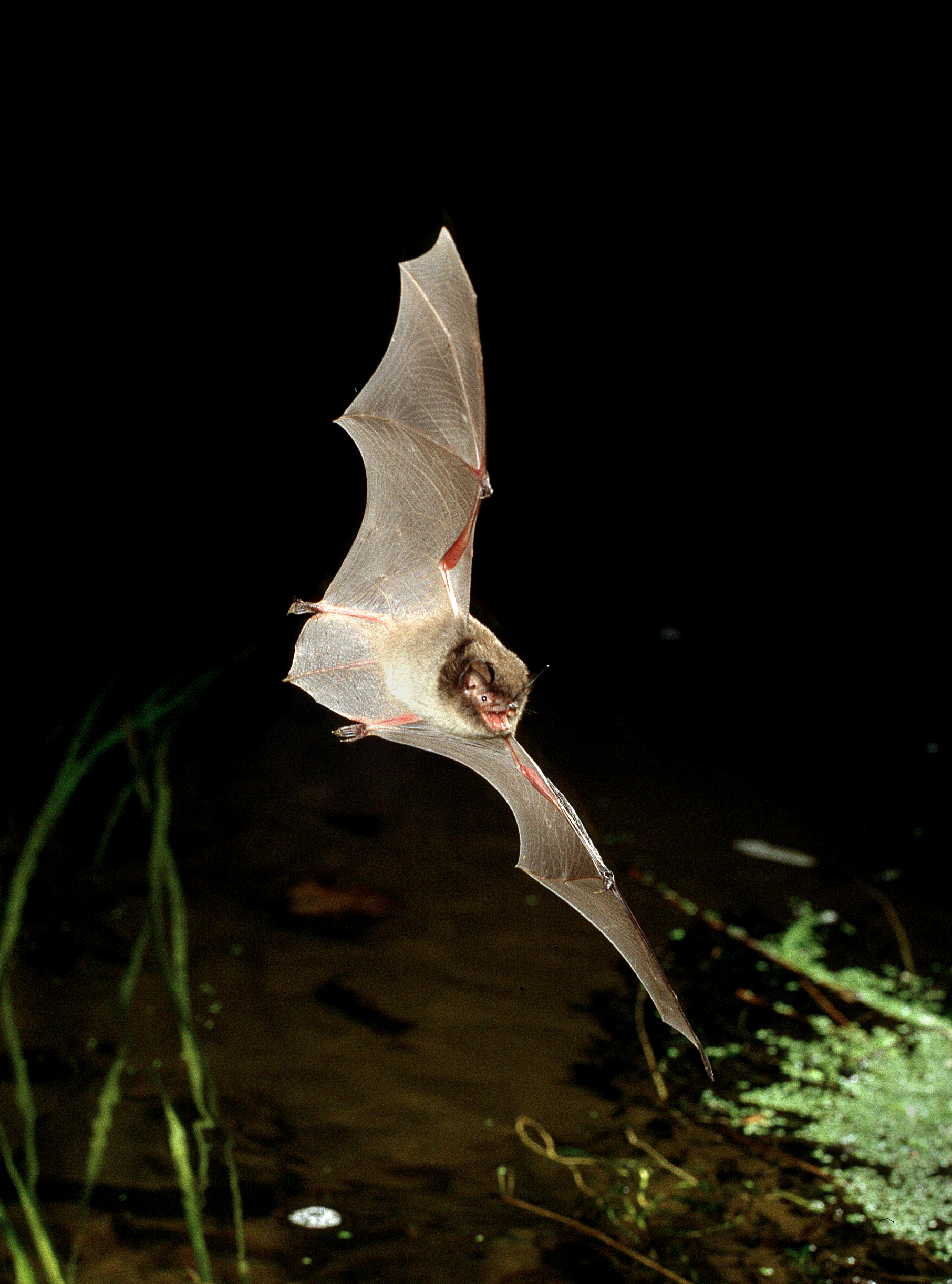Bat Conservation Ireland: BATLAS 2020
BATLAS 2020 is a three year programme (2016-2018) which will survey the bat population throughout Ireland, at eight survey points in every 10 km squared. It’s a mammoth task which will involve over 150 volunteers, recording the presence or absence of common pipistrelle, soprano pilistrelle, Leisler’s bats and the Daubenton bat.
"Bats make up about one quarter of Ireland’s mammals and are a protected species. One of the first tasks of bat training is to debunk common myths about bats. “Many people have preconceptions about bats and we first explain how bats don’t fly into your hair and that they are not rodents (they can’t chew as they don’t have front gnawing teeth) or flying mice as some people think,” explains Aughney.
In fact, bats are a distinct mammal group which only gives birth to a single baby bat every two years. They are a transient species which roost in large numbers, moving to different places in different seasons.
BATLAS 2020 is a three year programme (2016-2018) which will survey the bat population throughout Ireland, at eight survey points in every 10 km squared. It’s a mammoth task which will involve over 150 volunteers, recording the presence or absence of common pipistrelle, soprano pilistrelle, Leisler’s bats and the Daubenton bat. The plan is to update and improve on the data collected in BATLAS 2010, carried out ten years ago. Twenty-one off shore islands will be included in the survey for the first time.
Bats are an environmental indicator species which means that their presence indicates a healthy environment and their absence means that the integrity of the landscape is damaged in some way. “Bats rely on clean water, a strong insect population and good linear habitats along hedgerows, rivers, canals so that they can commute through the landscape along darkened corridors,” explains Aughney.
The Heritage Council funding this year focuses on Bat Conservation Ireland BATLAS training in counties Clare and Galway. Members of Bat Conservation Ireland will also lead bat walks in these counties during National Heritage Week. “We encourage people to come on bat walks because once you come out to watch bats, it breaks any fear people may have. And it gives you an appreciation of what these mammals are about,” says Aughney.
Those who volunteer to partake in the BATLAS 2020 survey will then be trained in the usage of bat detectors which pick up the echo location calls of bats. Bats are counted when emerging from their roosting spots and not when flying. Anyone interested in becoming a volunteer to survey bats as part of BATLAS 2020 should contact Bat Conservation Ireland on info@batconservationireland.org
